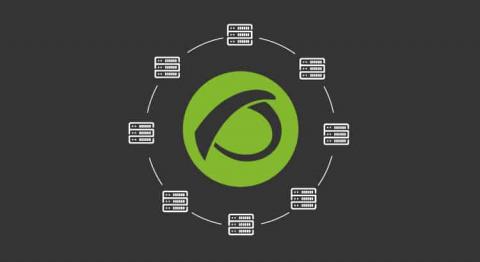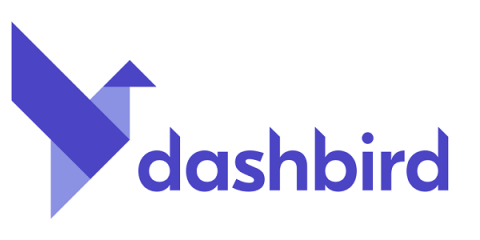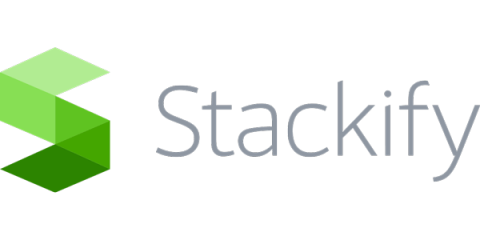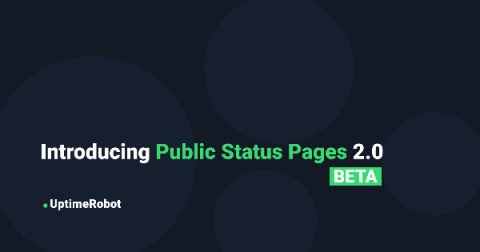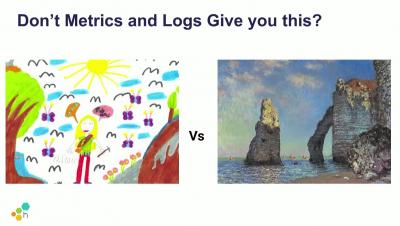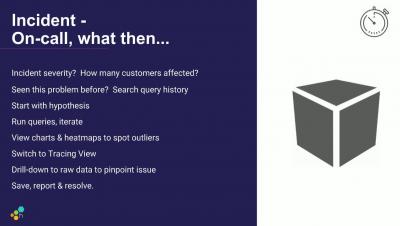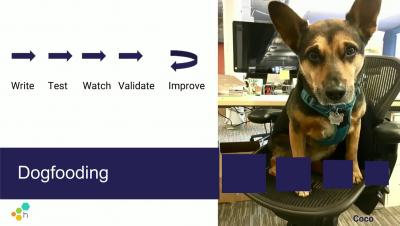10 Reasons Network Monitor Software is a Must
Ever since the 1980s, network monitoring systems have been in place for companies that rely on computer networks to perform their daily operations. Since their implementation, they’ve undergone drastic changes and now, provide IT teams with incredible tools to ensure best practices for everything from servers to application performance.


